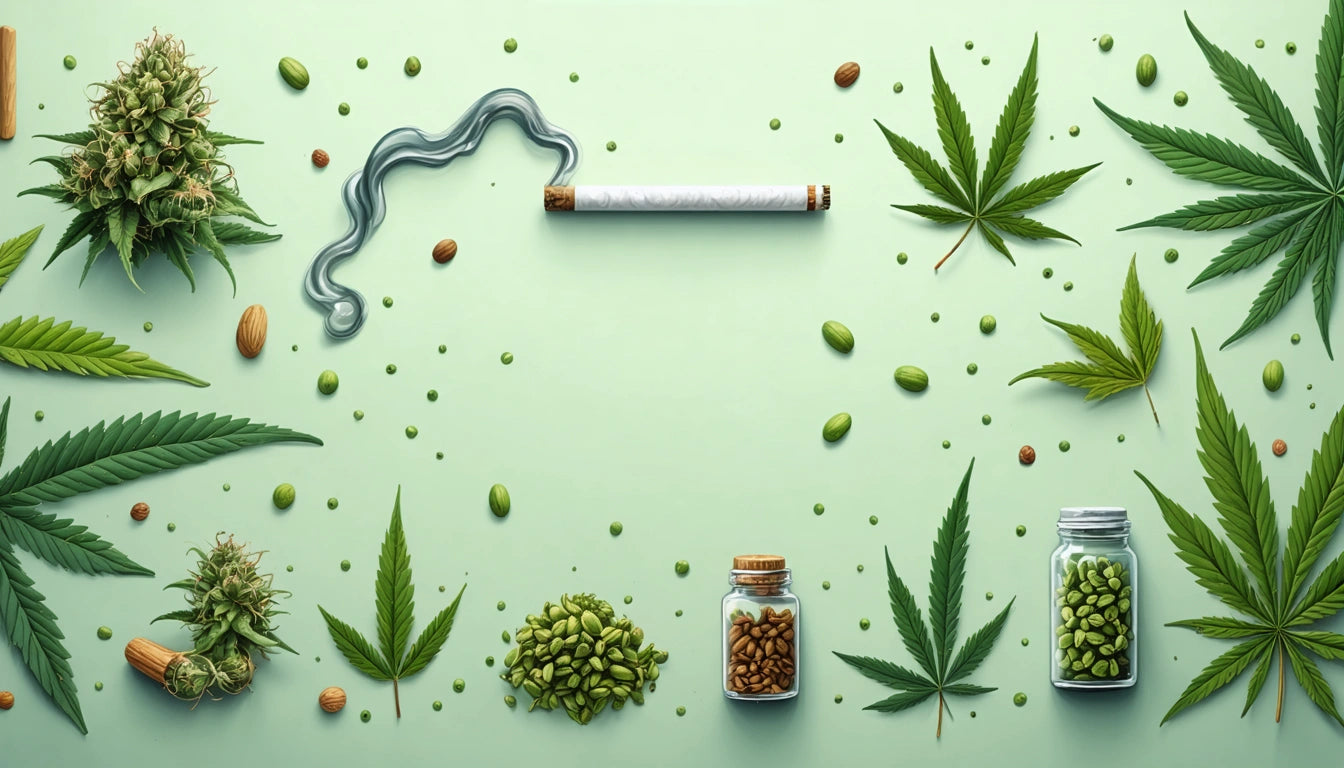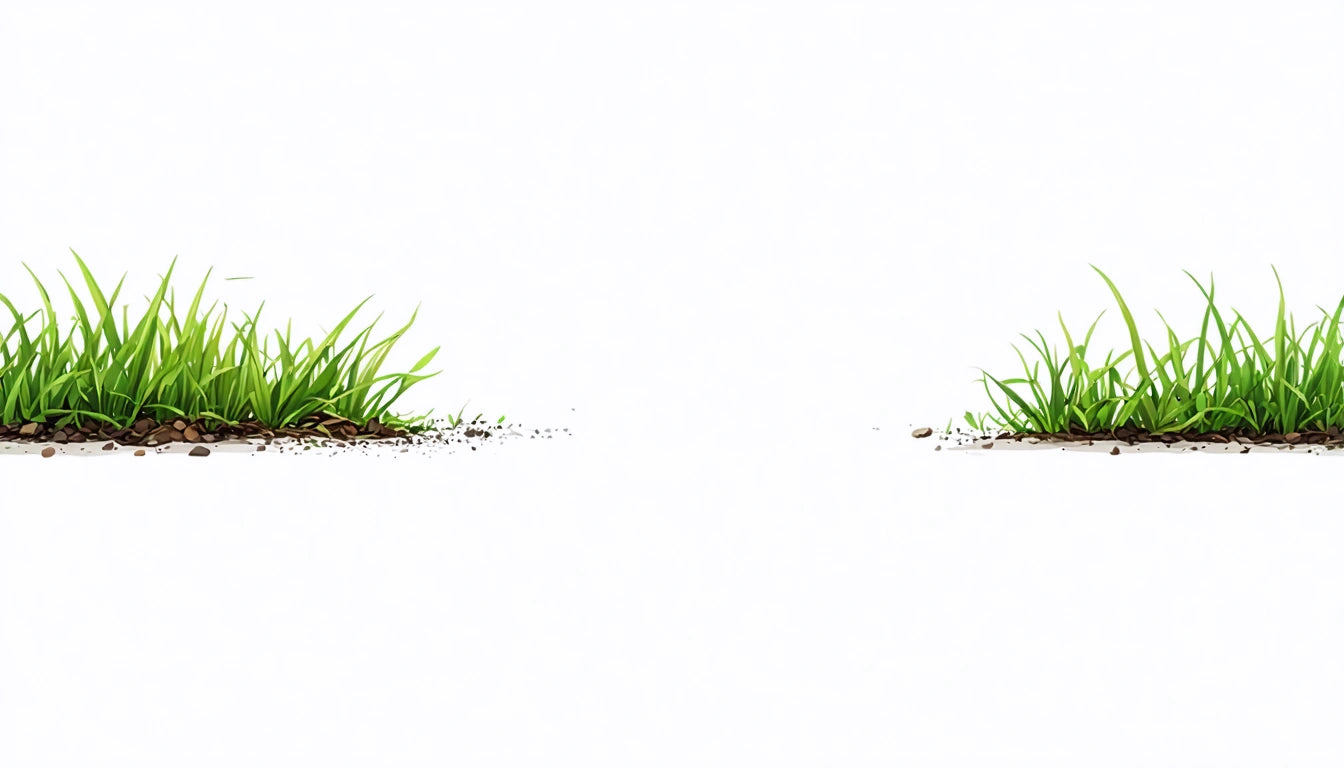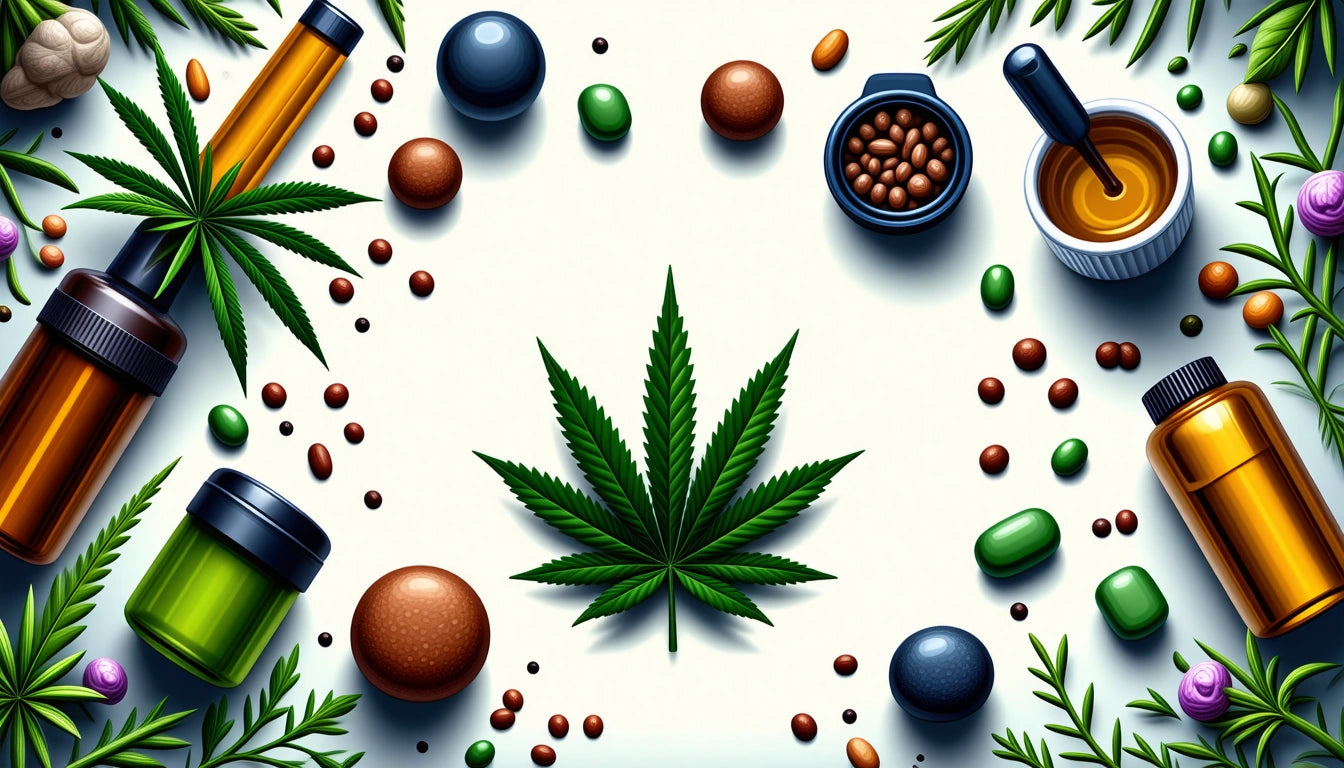- Understanding Cannabis Plant Parts: What Can Be Smoked?
- Smoking Cannabis Stems: Facts and Considerations
- Cannabis Seeds and Smoking: What You Should Know
- Early Harvested Cannabis: Can You Smoke Immature Buds?
- Regulations and Platforms: Where Can You Consume Cannabis?
- Professional Considerations: Cannabis Use in Various Occupations
- Smoking Alternatives: Other Methods of Cannabis Consumption
- Safety and Best Practices for Responsible Cannabis Use
Exploring the Do's and Don'ts of Smoking Weed and Its Alternatives
The world of cannabis consumption comes with many questions about what parts of the plant can be used, where consumption is permitted, and who can partake without professional consequences. This comprehensive guide addresses common queries about smoking cannabis stems, seeds, and alternatives while providing clarity on regulations across different contexts.
Understanding Cannabis Plant Parts: What Can Be Smoked?
Cannabis plants consist of several components, each with different properties and potential uses. While flower buds are the most commonly consumed part, questions often arise about other plant components.
The main parts of the cannabis plant include:
- Flower buds (the primary smokable component)
- Leaves (fan leaves and sugar leaves)
- Stems and stalks
- Seeds
- Roots
According to research on smokable parts of the cannabis plant, flower buds contain the highest concentration of cannabinoids like THC and CBD, making them the most effective for desired effects.
Smoking Cannabis Stems: Facts and Considerations
A common question among cannabis users is whether stems can be smoked. While technically possible, smoking cannabis stems presents several considerations:
Why People Consider Smoking Stems
Some consumers wonder if they can smoke weed stems when other parts of the plant are unavailable. Stems do contain minimal amounts of cannabinoids, but significantly less than flower buds.
Potential Issues with Smoking Stems
Smoking stems can lead to:
- Harsh smoke and irritation
- Headaches and throat discomfort
- Minimal psychoactive effects
- Potential health concerns from plant cellulose
Instead of smoking stems, many users repurpose them for teas, tinctures, or compost. These alternatives provide better utility than attempting to smoke them directly.
Cannabis Seeds and Smoking: What You Should Know
Can you smoke weed seeds? This question appears frequently among cannabis consumers. Seeds contain virtually no THC or CBD and are not designed for consumption through smoking.
Attempting to smoke cannabis seeds results in:
- Unpleasant, acrid smoke
- No meaningful psychoactive effects
- Potential damage to smoking devices
- Wasted seeds that could otherwise be used for cultivation
Seeds are valuable for growing new plants rather than for consumption. Additionally, proper storage of cannabis products, including seeds, should utilize secure packaging systems that prevent accidental access by children, similar to requirements for pharmaceuticals and household chemicals.
Early Harvested Cannabis: Can You Smoke Immature Buds?
Sometimes growers wonder if they can smoke early buds before the plant reaches full maturity. While immature cannabis can technically be consumed, it offers:
- Lower potency due to underdeveloped cannabinoids
- Harsher smoke from higher chlorophyll content
- Different effects than mature cannabis
- Less developed terpene profiles
For optimal results, cannabis plants should reach full maturity before harvest, when trichomes have developed their maximum cannabinoid content.
Regulations and Platforms: Where Can You Consume Cannabis?
Streaming Platforms and Cannabis
Many content creators wonder if they can smoke weed on platforms like Twitch. Most streaming services prohibit the consumption of illegal substances on camera, regardless of local legality. Twitch's community guidelines specifically prohibit illegal activity, which includes cannabis consumption in jurisdictions where it remains prohibited.
Even in legal states, platforms may restrict cannabis consumption to avoid:
- Promoting substance use to minors
- Violating federal regulations
- Creating content that may be illegal in some viewing regions
According to global marijuana laws guide, regulations vary significantly by country and region, making cross-border content particularly challenging.
Professional Considerations: Cannabis Use in Various Occupations
Professional constraints often influence cannabis consumption decisions. Various occupations have different policies regarding cannabis use:
High-Responsibility Professions
Professionals in high-responsibility roles often face restrictions on cannabis use, even in legal states. These include:
- Healthcare workers
- Transportation professionals
- Public safety officers
- Federal employees
Foster Parents and Cannabis Use
Foster parents typically face restrictions on cannabis consumption, even in states with legal recreational use. Child welfare agencies generally prohibit or strictly limit cannabis use by foster parents to ensure:
- Child safety
- Appropriate supervision
- Compliance with federal regulations
- Adherence to professional standards of care
Cultural and Religious Contexts
Cultural and religious affiliations may also impact cannabis use. For example, questions about whether Amish communities permit cannabis use reflect broader interest in how traditional or religious groups approach substances. Generally, most Amish communities prohibit recreational drug use, including cannabis, as part of their commitment to separation from mainstream society.
Smoking Alternatives: Other Methods of Cannabis Consumption
For those seeking alternatives to smoking, several options exist:
- Vaporizing (reduces combustion byproducts)
- Edibles (food products infused with cannabis)
- Tinctures (liquid extracts taken sublingually)
- Topicals (applied to the skin for localized effects)
Exploring smoking alternatives provides options for those concerned about respiratory health or seeking more discreet consumption methods.
Some consumers also explore creative alternatives for cannabis consumption, including unconventional devices. However, safety should always be the priority when exploring alternative consumption methods.
Safety and Best Practices for Responsible Cannabis Use
Regardless of how or what part of cannabis you consume, safety remains paramount. Best practices include:
- Starting with low doses, especially with new products
- Understanding local laws and regulations
- Using proper storage containers to prevent access by children
- Avoiding driving or operating heavy machinery while under the influence
- Respecting public consumption laws
The cannabis industry continues to evolve with improved education, product innovation, and regulatory frameworks. Staying informed about best practices ensures a safer, more enjoyable experience while minimizing potential risks.
Whether exploring conventional consumption methods or alternatives, prioritizing safety, legality, and responsible use creates the foundation for a positive relationship with cannabis products.











Leave a comment
All comments are moderated before being published.
This site is protected by hCaptcha and the hCaptcha Privacy Policy and Terms of Service apply.